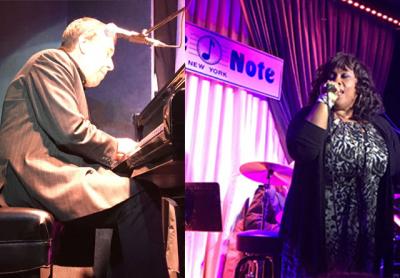Point of View: Family Lore
Point of View: Family Lore
Isabel was talking about the Donner party and I said that it was our family’s only claim to fame, according to my father, who, when I once told him I had no ambition, said I was upholding the family tradition, which made me feel better.
“He told me we were eators not eatees,” I told Isabel, who asked me if I’d ever written about it. “I must have,” I said. “That line is too good not to use — at least once a year.”
She looked the Donner Pass party up on the web and there it was. Twenty wagons had broken off from the main group, following a bogus shortcut map, “and they had to cut down trees!” she said as she read.
“And here I am complaining about raking leaves or shoveling a foot of snow,” I said. “And my ‘darkest hour’ was when the Steelers lost to the Jaguars.”
“Mary Graves was ‘the belle of the wagon train,’ and her father was Whiskey Bill Graves,” I told her. “They were Vermonters who had moved to Illinois in search of better soil, and, because they were eators not eatees, they wound up in California. It all may be hearsay, but it’s hearsay that you heard here first.”
My father also told me that his given name, Cebra, had been handed down through many generations of his mother’s family, the Quackenbushes, originally from the Netherlands. The first Cebra, he said, had been in the resistance to the Duke of Alba. This was at the time of the great Spanish Armada, and he had been caught and lashed by the Spaniards, who, in viewing the whip marks on his back, laughed and said (or thaid, if you’re translating properly), “Thebra, Thebra.”
Unbowed, he is reported to have said, “Cebra you call me, Cebra I will be.”
My father reckoned my son to be about the 14th in the line — Cebra XIV.
“Cebra, you call me, Cebra I will be. . . .”
I’m told a genealogist in our extended family has strong doubts about the story, and if plain truth were more appealing to me than colorful hearsay, I might deign to investigate. But in the end, I, whose ancestors were eators not eatees, don’t want to be disabused of my illusions, as long, at least, as they’re savory. And make no mythtake about that.

